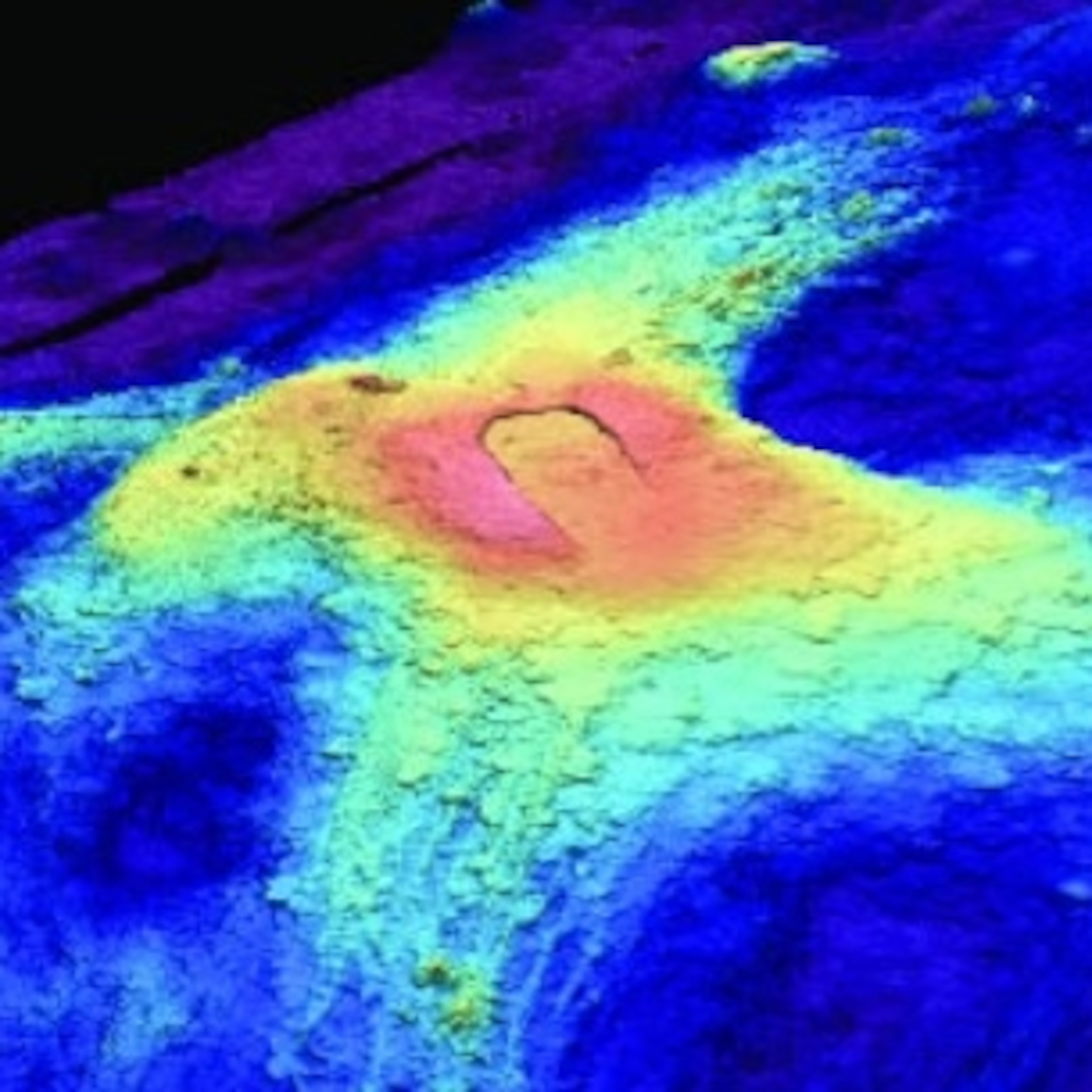An enormous underwater volcano lurking deep in the Pacific Ocean could be preparing for its next eruption, scientists at Oregon State University have revealed.

The Axial Seamount, located about 300 miles off the coast of Oregon and 4,900 feet beneath the ocean’s surface, has been showing clear warning signs. Since early this year, the seafloor above the volcano has been steadily rising “like a balloon” as molten rock builds up inside, said William Chadwick, a research associate at OSU.

Adding to the intrigue, researchers are studying unique microbes that thrive in the volcano’s hydrothermal vents. These organisms live in boiling water, feed on iron or sulfur, and even resist viral infections. Scientists believe they may hold vital clues to the origins of life on Earth and play a key role in global ecological cycles.

But perhaps the most concerning signal is seismic activity. In June alone, instruments recorded more than 2,000 earthquakes in a single day, indicating the volcano’s restless state. Although activity levels have fluctuated, volcanologists believe the Axial Seamount is still firmly on track to erupt before the end of the year.

Sitting on the Juan de Fuca Ridge, the Axial Seamount is the most active submarine volcano in the Northeast Pacific. Since systematic monitoring began, it has erupted three times — in 1998, 2011, and 2015. Based on this repeatable pattern, researchers warn that another dramatic event beneath the waves could be imminent.